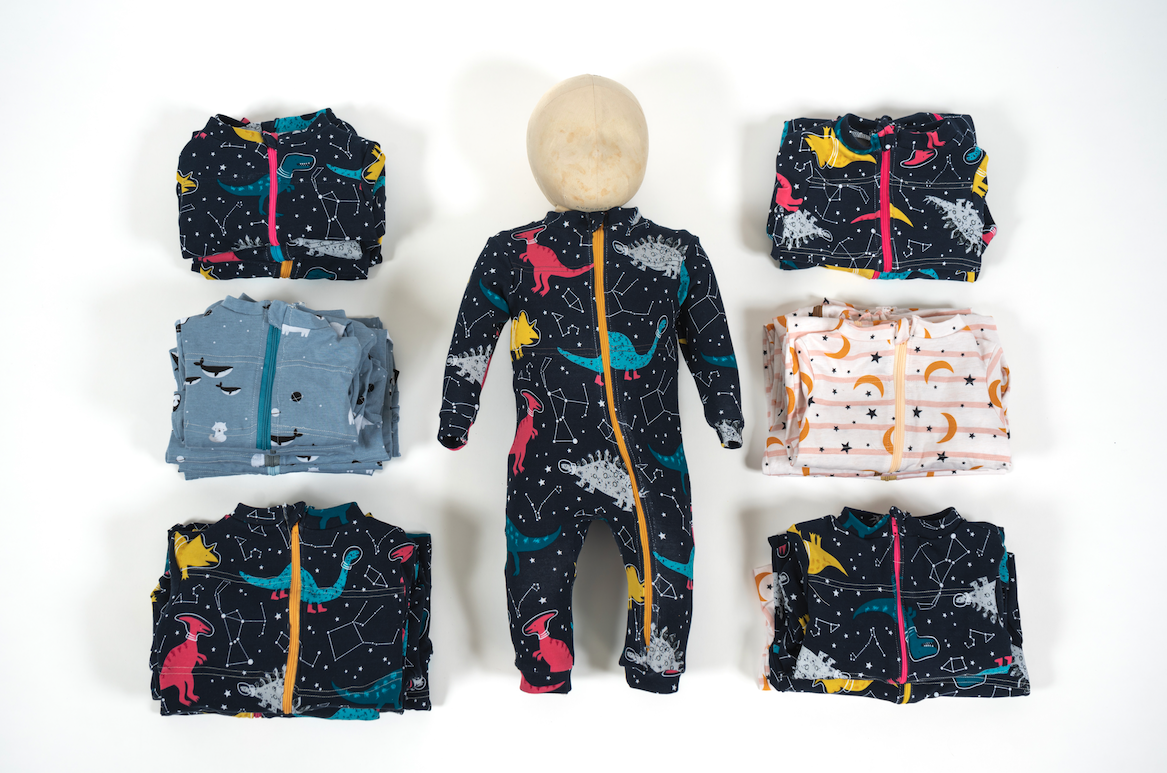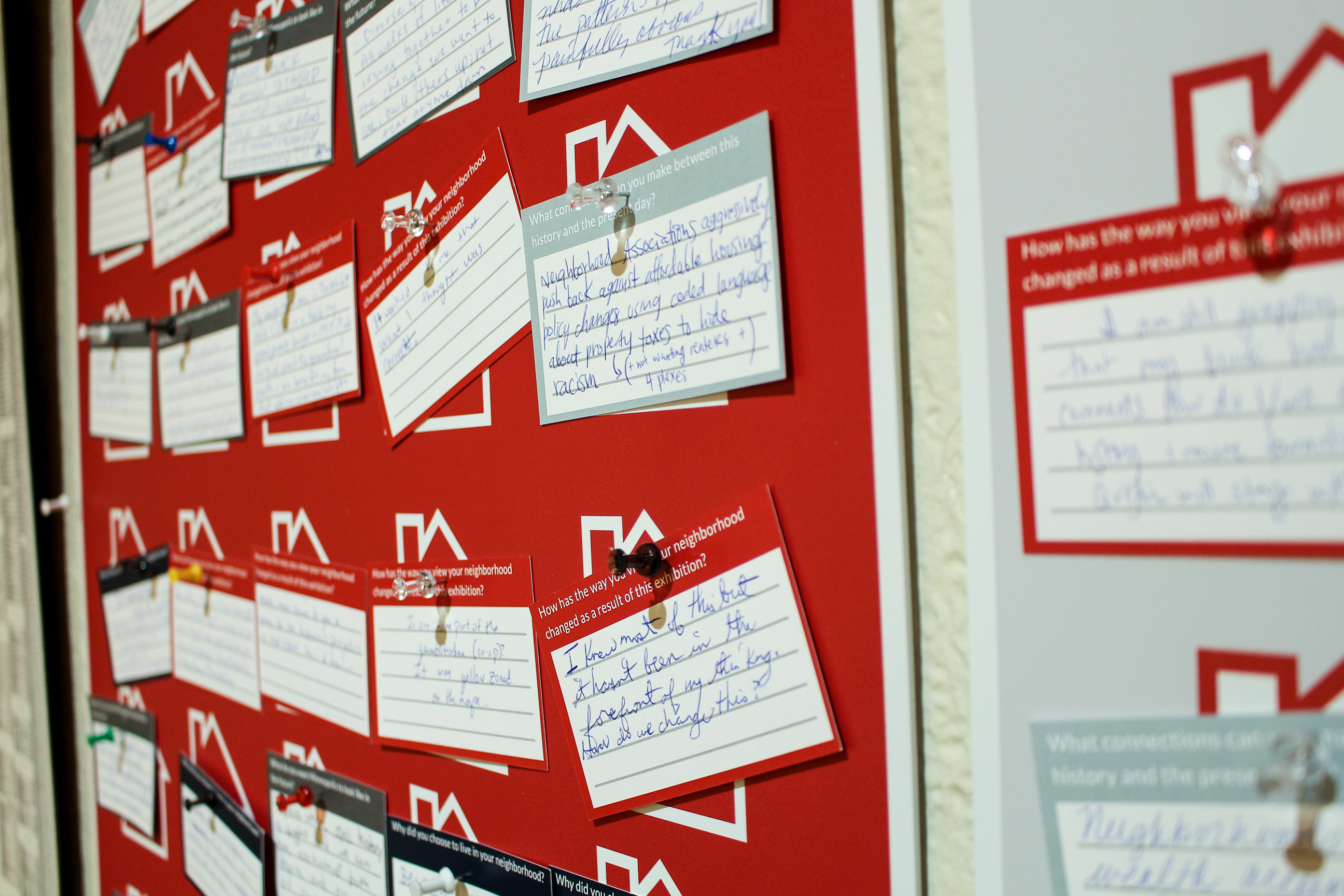The systems, structures, spaces, and tools we rely on as a society are built on design-thinking principles. As designers, we have the power to address the biggest challenges of our time. As a community, we can influence people's lives and rely on our commitments to creativity, equity, sustainability, and new technologies to enact change for good.
Design in Action
A collaborative partnership between the School of Architecture, community youth in the Northside Safety NET program, and Northside residents reimagines the Northside neighborhood, infusing the community's values and experiences into thoughtful architecture and urban design.


In the fight against cancer, even the smallest things can make a world of difference. Cancer Care Foundation MN and Professor Lucy Dunne’s technical design studio class collaborated to create a comfortable garment for infants undergoing cancer treatment at Children’s Minnesota.
The Lawns to Legumes Program works to address the rapid loss of Minnesota’s pollinators. Landscape Architecture Adjunct Instructor Dan Shaw plays a key role in the program, acting as program coordinator and applying his design expertise to the problem of Minnesota’s dwindling pollinators.

Design Thinking
As one of the most comprehensive design colleges in the country, we prepare our students to confront grand challenges through the application of the design-thinking process. Our students and alumni use their design education to make a positive change in the world.

Design thinking is a five-step iterative process for creating solutions that prioritize the user. Each of the five phases—Empathize, Define, Ideate, Prototype, and Test—offer design teams the opportunity to more deeply understand their users by challenging assumptions, redefining the problem, and developing new ideas to mock up and test.





